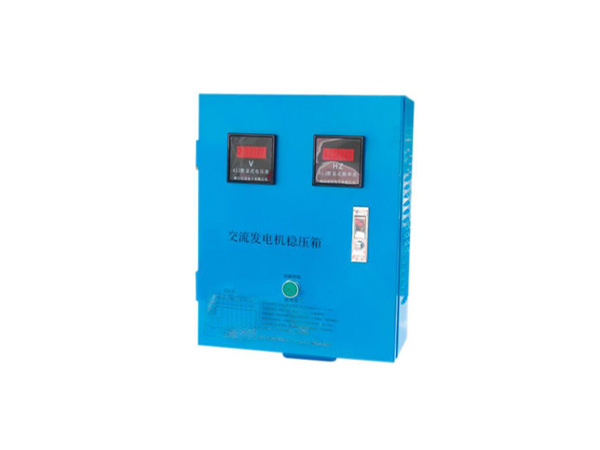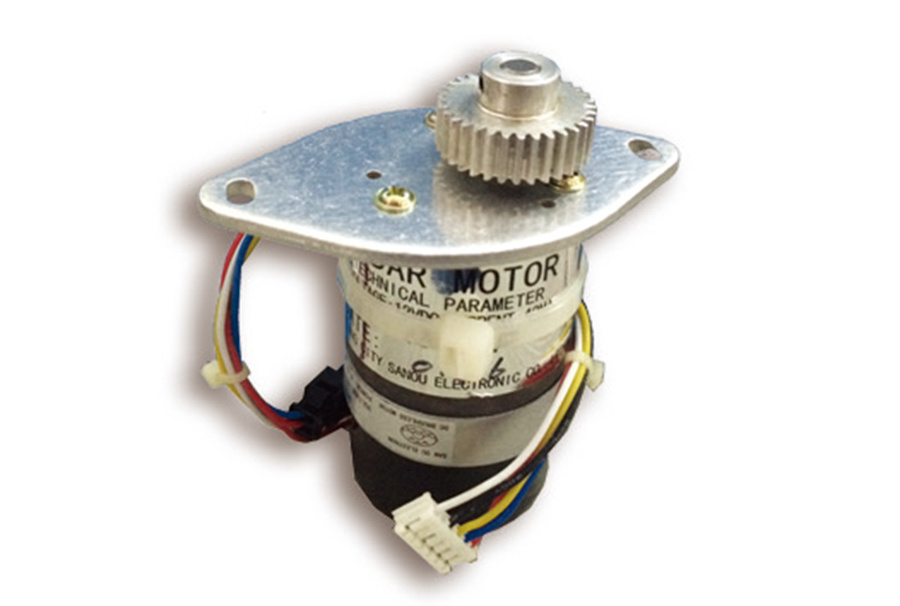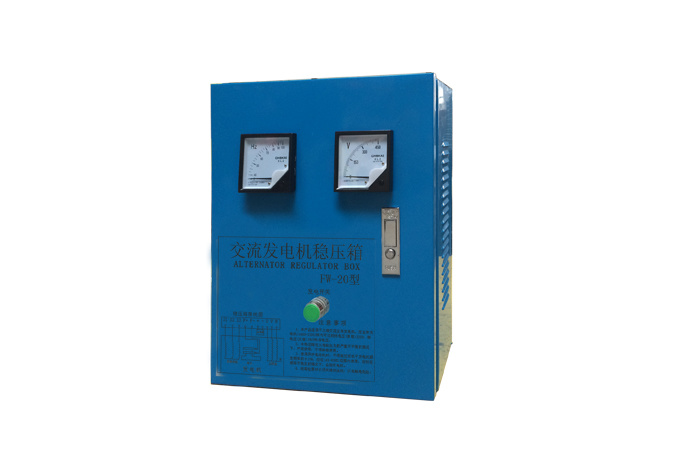News Center
Understanding Marine Digital Tachometers with Sensors: A Comprehensive Guide
A digital tachometer is an electronic device that uses sensors to detect the rotational speed of an engine. In marine settings, these sensors are often magnetic or optical, designed to withstand harsh environments, including exposure to water, salt, and vibration. They generate electrical signals in response to the engine's rotation, which the tachometer then translates into an easy-to-read digital display.
One of the primary benefits of using a marine digital tachometer with a sensor is the precision it offers. Traditional analog tachometers may be subject to inaccuracies due to mechanical wear or fluctuations in engine performance. In contrast, digital versions provide real-time data that is essential for optimizing engine efficiency and performance. This is particularly important in marine applications where engine health can significantly impact safety and fuel consumption.
When selecting a marine digital tachometer, several factors should be considered. First, compatibility with the engine type is paramount. Most tachometers are designed to work with specific engine configurations, so understanding the requirements of your engine will help ensure that you select a suitable device. Additionally, features such as backlighting, alarm functions for overspeed conditions, and integration with other marine instruments can enhance usability and safety.
Installation is another critical aspect of using a marine digital tachometer with a sensor. Proper installation ensures that the sensor is accurately positioned to capture engine speed without interference from other components. Many manufacturers provide detailed guidelines for installation, making it easier for marine technicians or enthusiasts to set up the device correctly.
Beyond performance monitoring, marine digital tachometers also contribute to preventive maintenance. By consistently monitoring engine speed, operators can identify potential issues before they escalate into major problems. This proactive approach not only extends the lifespan of the engine but also minimizes downtime, allowing for a more enjoyable and efficient boating experience.
In conclusion, marine digital tachometers with sensors play an indispensable role in modern marine operations. Their ability to provide accurate, real-time data allows boaters and marine professionals to optimize engine performance, ensure safety, and plan for maintenance effectively. Understanding the functions and benefits of these devices can lead to improved overall performance and reliability in marine environments.
Related News
Understanding the Importance of a 12KVA Frequency Stabilizer in Electrical Systems
In the realm of electrical engineering, maintaining a stable frequency is crucial for ensuring that equipment operates efficiently and reliably. A 12KVA frequency stabilizer plays a vital role in managing electrical systems, especially in environments where fluctuations in voltage and frequency can lead to equipment failure or operational inefficiencies. A frequency stabilizer, as the name suggest
Discover the Unmatched Benefits of the Furuno 1832 Radar Motor for Marine Navigation
Explore the Advantages of the Furuno 1832 Radar Motor Table of Contents Introduction to the Furuno 1832 Radar Motor Key Features of the Furuno 1832 Radar Motor Performance Analysis of the Furuno 1832 Safety Benefits of Using the Furuno 1832 User Experience: Ease of Use and Installation Maintenance Tips for the Furuno 1832 Radar Motor Comparing the Furuno 1832 Radar Mot
Understanding the Functionality and Benefits of a 1 in 4 Out Signal Distributor
A 1 in 4 out signal distributor is a crucial component in various electronic systems, particularly in the realm of optoelectronics. Its primary function is to take a single input signal and distribute it evenly across four output channels. This enables the simultaneous transmission of the same signal to multiple devices or locations, which is essential in applications such as audio/video broadcast




